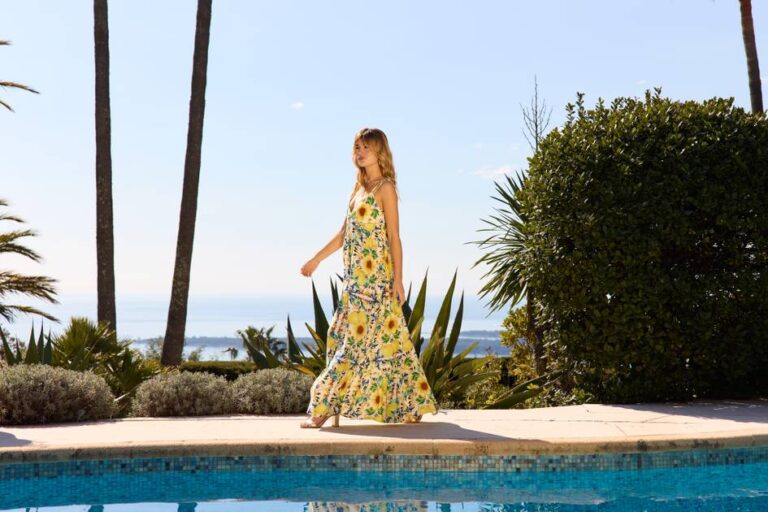While museums are traditionally seen as guardians of the past, progressive institutions actively enter into the dialogue with contemporary design to remain relevant and accessible. The collaboration between Lolaliza and Fashion Museum Hasselt is a perfect example of this. By dressing the staff in direct contact with visitors in ensembles with a strong personality, the Belgian women’s model label initiates an interaction between historical stories and contemporary expression, and positions employees as visible ambassadors for both institutions.
The employees of a Museum Stylen
Lolaliza’s role as an official styling partner for the team of Fashion Museum Hasselt during the next five years stems from a shared appreciation for Belgian fashion culture. “We are a proud Belgian fashion brand and it is important for us to support the Belgian fashion heritage in a 360-degree way,” says Annelien Alaerts, marketing manager Benelux & France at Lolaliza. “Fashion Museum Hasselt is a respected cultural institution and with two Lolaliza stores in the city, the local link made this collaboration naturally.”
Personal expression was central to the styling process. “Our slogan is” dress like you “,” adds Alaerts. “We organized a styling session in our store in Hasselt where the museum team could choose looks that matched their body type and personality.” The resulting outfits offer a balance between individuality and elegance: confident, cheerful and contemporary. The collaboration was revealed for the first time during the launch of the Rococo Reboot exhibition! Van Fashion Museum Hasselt, where the clothing of the team hit a harmonious tone between elegance and accessibility.
From archive to activation
For Karolien de Clippel, director of Fashion Museum Hasselt, the initiative reflects a deeper institutional philosophy. “Styling our reception team in fashion from a Belgian brand is an opportunity to reflect the values and identity of our institution,” she says. “It is in line with our mission to connect fashion and people: past, present and future.”
With more than 18,000 items of clothing and accessories, the collection of the museum will trace Western fashion from 1750 to the present, with a strong focus on female designers, inclusiveness and self -expression. Famous names such as Martin Margiela and Raf Simons, both with roots in Limburg, show the museum’s emphasis on local visionaries with global influence. This coordination in storytelling and values ensures that cooperation feels both strategic and authentic.
Responsible fashion as a cultural necessity
In addition to aesthetics, the collaboration also gives a subtle commentary on the changing Value System of Mode. “Sustainability is a core value of fashion history,” notes De Clippel. “Fast Fashion is a recent anomaly. Historically, items of clothing were made to last for a long time.” By working together with a Belgian label that is committed to ethical production at democratic prices, the Museum subtly encourages visitors to reconsider consumption from a historical perspective. It does not position responsible fashion as a nicheluxe, but as a meaningful return to the roots of fashion. As she says: “By associating the museum with a Belgian and sustainable brand, we are loyal to fashion history, loyal to a healthy and ecologically responsible business model and faithful to our own values.”
The cooperation already generates engagement through digital storytelling and cross-channel visibility. Both institutions show interest in expanding cooperation to jointly created content, public programming or even future exhibitions. In a landscape where cultural and commercial relevance overlaps, this collaboration stands as a convincing blueprint for how fashion brands and museums can come together to tell richer, more responsible stories: rooted in heritage and designed for the now.


